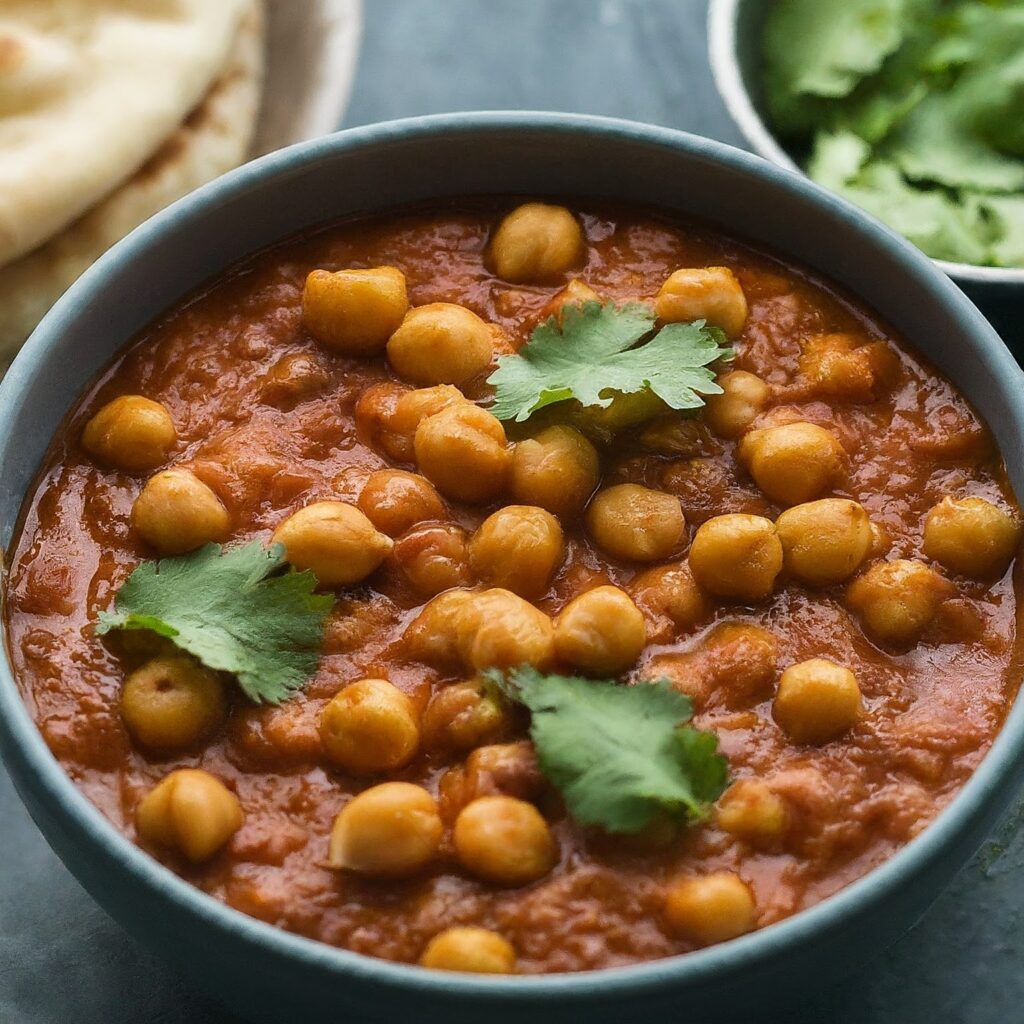Introduction to Indian Curries
Indian curries are a vibrant and flavorful cornerstone of Indian cuisine, celebrated for their rich aromas, diverse ingredients, and complex spice blends. Each curry is a reflection of India’s diverse culture, geography, and history, with regional variations that bring unique tastes and textures to the table. From creamy and mild to fiery and bold, Indian curries offer a culinary journey that tantalizes the taste buds and warms the soul.
Key Spices and Ingredients
- Turmeric: This bright yellow spice is a staple in Indian cooking, known for its earthy flavor and health benefits.

- Garam Masala: A blend of ground spices including cinnamon, cloves, cardamom, and cumin, used to add warmth and complexity to curries.
- Coconut Milk: Often used in South Indian curries, it adds a creamy texture and subtle sweetness.
- Cumin: Provides a warm, nutty flavor that is essential in many curry bases.
- Coriander: Both seeds and leaves are used for their citrusy, slightly sweet flavor.
- Chili Peppers: Adds heat and depth, with varying levels of spiciness.
- Ginger and Garlic: Often used together to create a pungent, aromatic base for curries.
Popular Curry Recipes
- Butter Chicken (Murgh Makhani): A rich and creamy tomato-based curry with tender chicken pieces, often enjoyed with naan or rice.

- Chana Masala: A hearty, tangy curry made with chickpeas, tomatoes, onions, and a blend of spices, commonly served with rice or roti.

- Saag Paneer: A vegetarian curry featuring paneer (Indian cottage cheese) cooked in a creamy spinach sauce, seasoned with spices.

- Rogan Josh: A flavorful Kashmiri curry made with tender lamb, yogurt, and a blend of aromatic spices.
- Vegetable Korma: A mild, creamy curry with mixed vegetables and a sauce made from yogurt, cream, and ground nuts.
Tips for Creating Authentic Indian Curries at Home
- Fresh Spices: Use whole spices whenever possible and grind them fresh for the most potent flavors.
- Tempering Spices: Toasting spices in hot oil (a technique known as “tadka”) releases their essential oils and enhances their flavor.

- Layering Flavors: Build your curry in stages, starting with aromatics like onions, ginger, and garlic, followed by spices, and then the main ingredients.
- Simmering: Allow the curry to simmer slowly to meld the flavors together and develop a rich, deep taste.
- Balancing Flavors: Taste your curry as you cook and adjust the seasoning, balancing the heat, acidity, and sweetness.
Health Benefits of Spices Used in Indian Curries

- Turmeric: Contains curcumin, which has anti-inflammatory and antioxidant properties.
- Cumin: Aids digestion and is rich in iron.
- Coriander: Helps regulate blood sugar levels and has antimicrobial properties.
- Ginger: Known for its anti-inflammatory effects and ability to soothe digestive issues.
- Garlic: Supports heart health and has antimicrobial properties.
- Chili Peppers: Rich in vitamins A and C, and capsaicin, which boosts metabolism and reduces inflammation.
